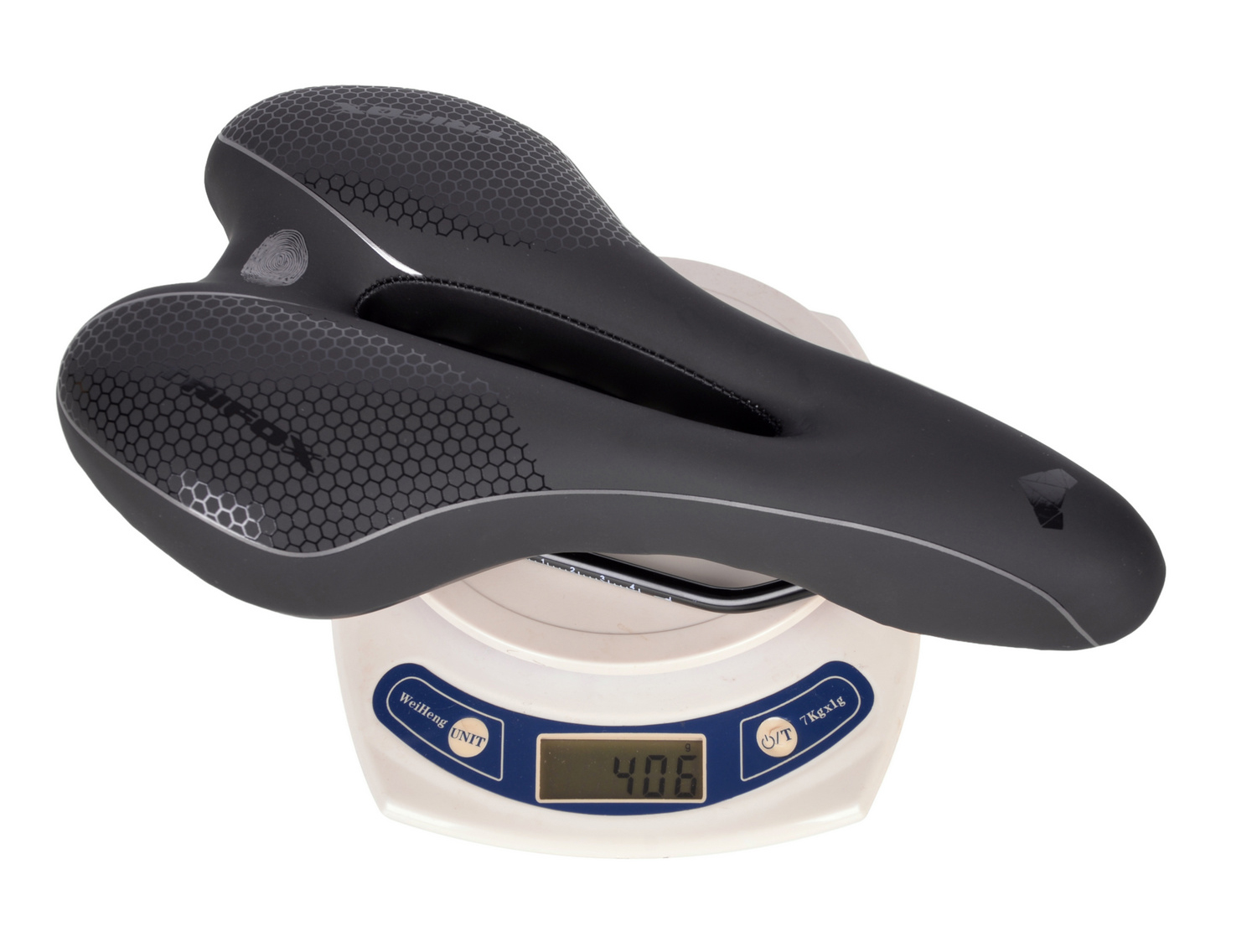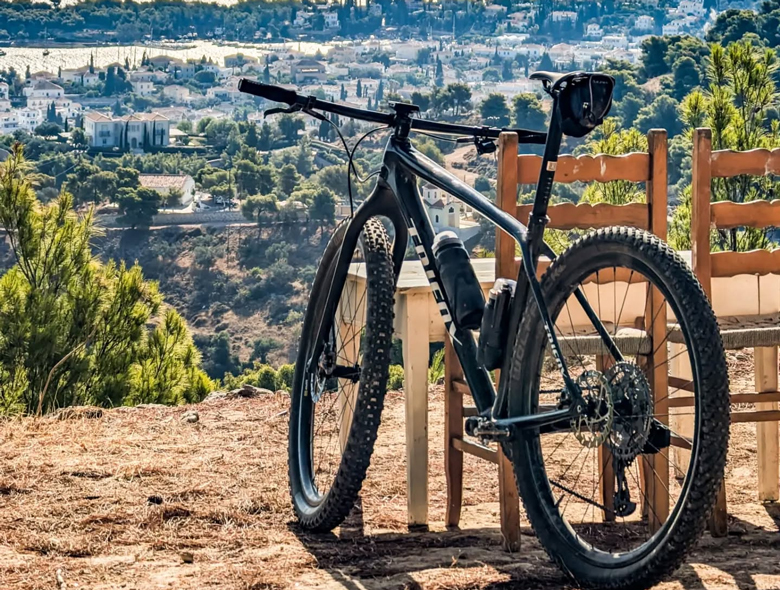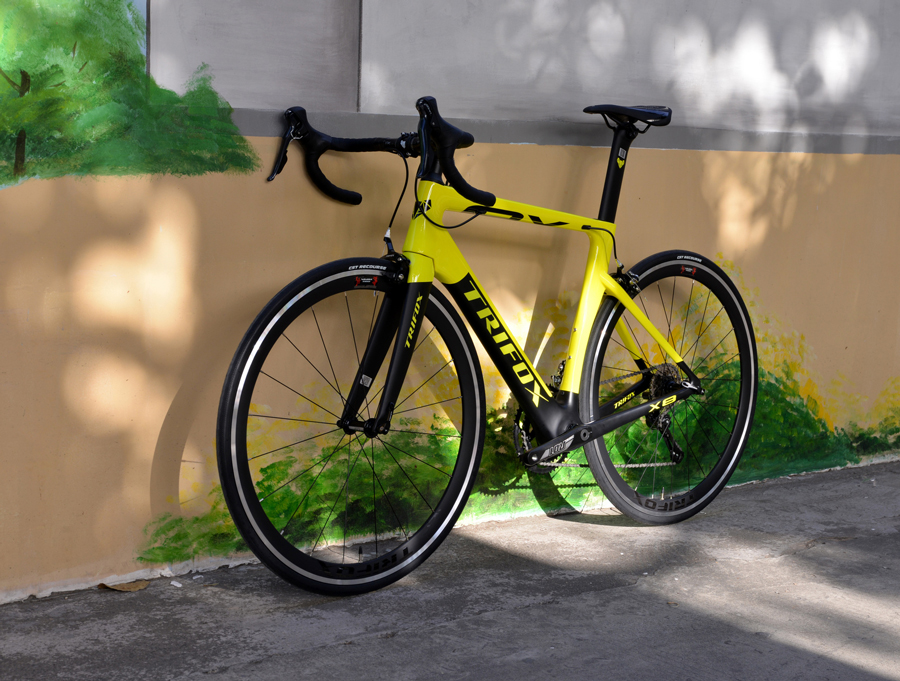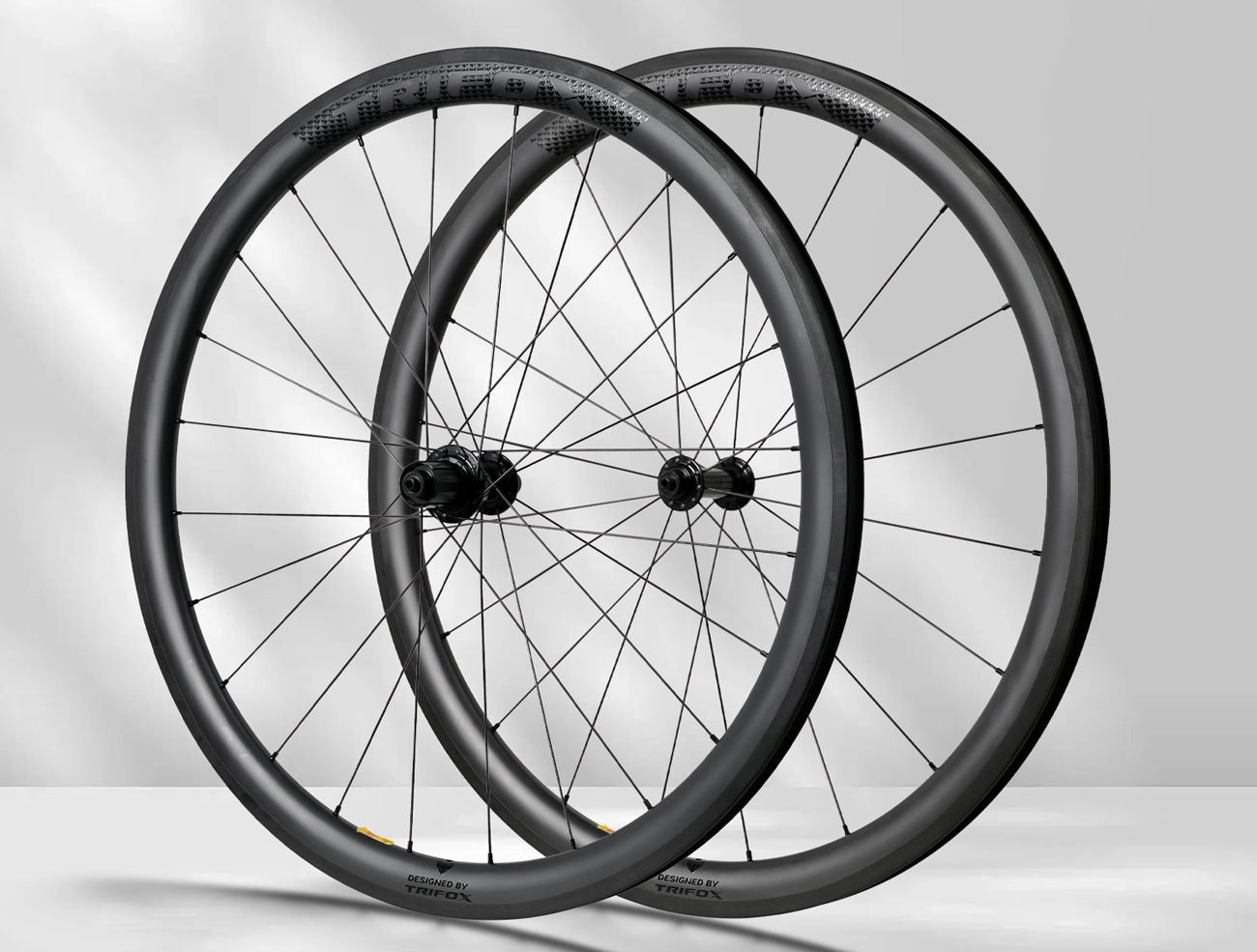Customizing a rigid fork for your bike can significantly enhance your riding experience, particularly when using high-quality carbon models. Rigid forks, such as those offered by Trifox Bike, provide a unique blend of lightweight performance and durability, making them an excellent choice for mountain biking enthusiasts.
Benefits of Rigid Forks
Rigid forks are known for their simple design and efficiency. Unlike suspension forks, they do not have moving parts that can wear out, leading to less maintenance and a lighter overall bike weight. This simplicity also translates into improved responsiveness and precision, which is ideal for riders tackling smooth trails or urban environments. Carbon rigid forks, like Trifox's QMK100 and TMK200, further enhance these benefits by offering exceptional strength-to-weight ratios. This means you can enjoy a sturdy ride while minimizing the load you carry, which is crucial for long-distance rides or climbing steep terrains.
Customization Options
1. Weight Adjustments: Depending on your riding style, you might prioritize either weight or strength. Carbon rigid forks are inherently light, but you may want a specific weight distribution for your setup. Choosing a fork like the Trifox Carbon MTB Fork QMK100 allows you to enjoy a balanced ride with an optimized weight for climbing or sprinting.
2. Terrain Suitability: Your choice of rigid fork can be adapted to different terrains. For instance, the TMK200 model is designed to handle rugged trails with ease, providing stability and control. Customizing your fork to match your primary riding terrain can enhance your bike’s performance, whether you’re navigating city streets or mountain paths.
3. Riding Style: Consider your riding style when customizing your fork. If you’re a commuter, you might want a fork that offers quick handling and precision. Mountain bikers, on the other hand, might prioritize strength and durability to withstand challenging off-road conditions.
Installation and Maintenance
Customizing your rigid fork also involves proper installation and maintenance to ensure optimal performance. Here are some tips:
- Installation: When installing a new rigid fork, ensure that it is compatible with your bike's frame and wheel size. Follow the manufacturer’s guidelines closely, and consider having a professional bike mechanic assist you if you’re unsure.
- Maintenance: Keep your rigid fork clean and regularly check for any signs of damage or wear. Although rigid forks require less maintenance than suspension forks, inspecting them periodically ensures longevity and reliability.
Choosing the Right Fork
Selecting the right rigid fork involves balancing performance and comfort. Trifox’s range of carbon rigid forks offers various options to suit different preferences. The QMK100, for example, is an excellent all-rounder that offers a good blend of weight and durability, while the TMK200 might cater more to those seeking a rugged, trail-ready option.
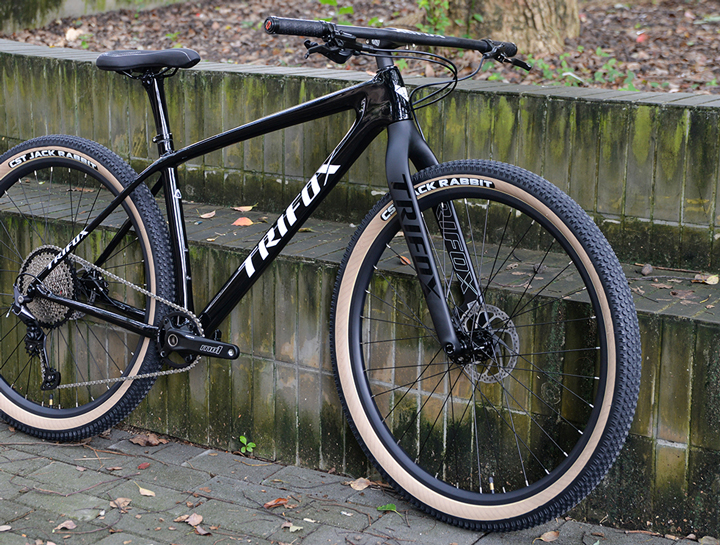
Conclusion
Customizing a rigid fork for your bike is more than just a technical upgrade; it’s about enhancing your overall biking experience. By knowing how to adjust your fork for weight, terrain, and riding style, you can significantly improve your bike’s performance and your comfort on the ride. Whether you're choosing a Trifox QMK100 for its lightweight advantage or the TMK200 for its robust design, understanding the customization process and maintenance needs will help you make the most out of your biking adventures. Embrace the simplicity and precision of rigid forks and enjoy the ride!




























































